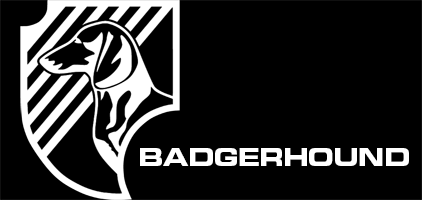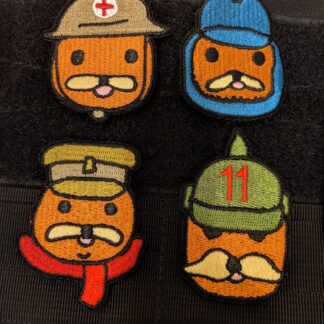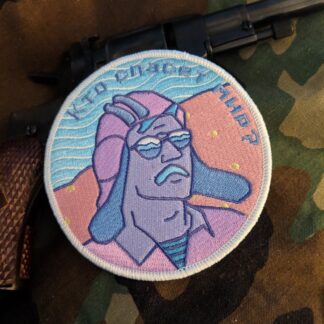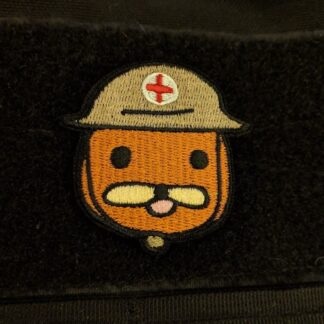Description
The name dachshund is of German origin and literally means “badger dog,” from Dachs (“European badger”) and Hund (“hound, dog”). Although “dachshund” is a German word, in modern German they are more commonly known by the name Dackel or Teckel.
Some writers and dachshund experts have theorized that the early roots of the dachshund go back to ancient Egypt, where engravings were made featuring short-legged hunting dogs. Recent discoveries by the American University in Cairo of mummified dachshund-like dogs from ancient Egyptian burial urns may lend credibility to this theory. In its modern incarnation, the dachshund is a creation of German breeders and includes elements of German, French, and English hounds and terriers. Dachshunds have been kept by royal courts all over Europe, including that of Queen Victoria, who was particularly enamored of the breed.
The first verifiable references to the dachshund, originally named the “Dachs Kriecher” (“badger crawler”) or “Dachs Krieger” (“badger warrior”), came from books written in the early 18th century. Prior to that, there exist references to “badger dogs” and “hole dogs”, but these likely refer to purposes rather than to specific breeds. The original German dachshunds were larger than the modern full-size variety, weighing between 14 and 18 kg (31 and 40 lb), and originally came in straight-legged and crook-legged varieties (the modern dachshund is descended from the latter). Though the breed is famous for its use in exterminating badgers and badger-baiting, dachshunds were also commonly used for rabbit and fox hunting, for locating wounded deer, and in packs were known to hunt game as large as wild boar and as fierce as the wolverine.
There are huge differences of opinion as to when dachshunds were specifically bred for their purpose of badger hunting, as the American Kennel Club states the dachshund was bred in the 15th century, while the Dachshund Club of America states that foresters bred the dogs in the 18th or 19th century.
The flap-down ears and famous curved tail of the dachshund have deliberately been bred into the dog. In the case of the ears, this is to keep grass seeds, dirt, and other matter from entering the ear canal. The curved tail is dual-purposed: to be seen more easily in long grass and, in the case of burrowing dachshunds, to help haul the dog out if it becomes stuck in a burrow. The smooth-haired dachshund, the oldest style, may be a cross between the German Shorthaired Pointer, a Pinscher, and a Bracke (a type of bloodhound), or to have been produced by crossing a short Bruno Jura Hound with a pinscher. Others believe it was a cross from a miniature French pointer and a pinscher; others claim that it was developed from the St. Hubert Hound, also a bloodhound, in the 18th century, and still others believe that they were descended from Basset Hounds, based upon their scent abilities and general appearance. Daschshunds can track a scent that is more than a week old.





Reviews
There are no reviews yet.